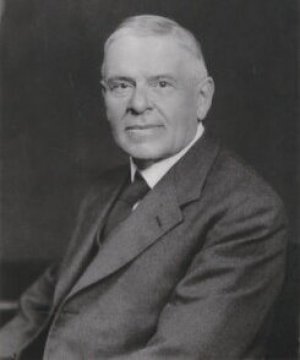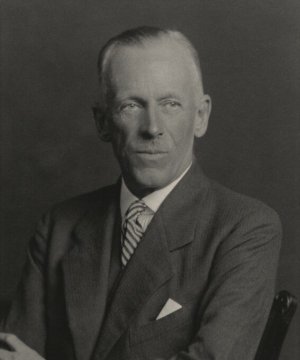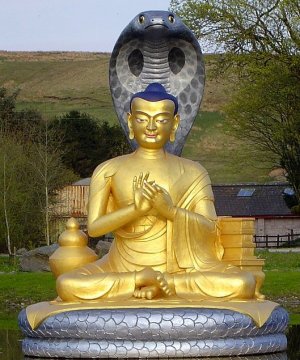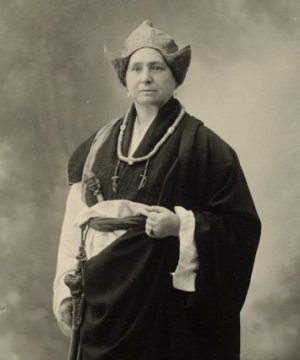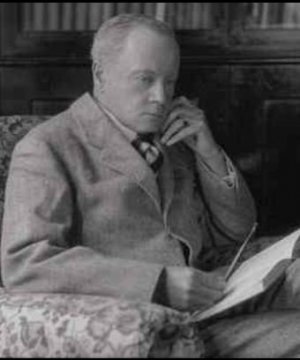| Library / Biographies |
James R. Ballantyne Biography
James Robert Ballantyne (1813–1864) was a Scottish Orientalist. From 1832 to 1845 he was a master at the Scottish Naval and Military Academy in Edinburgh, teaching Persian Hindi and Arabic to prospective officers of the East India Company.
He was sent out to India in 1845, on the recommendation of Professor H. H. Wilson, to superintend the reorganisation of the government Sanskrit College (Benares) in Varanasi (then known as Benares).
The intimate relations he here established with native teachers and students, and the high opinion he formed of the philosophical systems of India, led him to undertake a comprehensive series of works with the design of rendering the valuable elements in Hindu thought more accessible and familiar to European students than they had hitherto been.
This was the aim of his translations of the Sanskrit aphorisms of the Sânkhya and many of those of the Nyâya school, with tracts bearing upon these and also upon the Vedânta system.
The converse process—the communication of European ideas to the Brahmins—is exhibited in his 'Synopsis of Science, in Sanskrit and English, reconciled with the truth to be found in the Nyâya Philosophy,' and most of his works are filled with the design of establishing more intelligent relations between Indian and European thought.
In 1861 Dr. Ballantyne resigned his position at the Benares college, where for sixteen years he had been an indefatigable and judicious principal and a liberal professor of moral philosophy, and on his return to England was appointed librarian to the India Office. His health, however, had long been failing, and he died on 16 Feb. 1864.
Ballantyne published grammars of Sanskrit, Hindi (2nd edition, 1868), and Marathi, and published an edition of the Laghukaumudi of Varadarāja 1849-52 and the first part of the Mahabhashya of Patanjali in 1856, for the first time opening native Indian grammatical tradition to a wider European scholarly audience.
Works
• ‘A Grammar of the Hindustani Language,’ Edinburgh, 1838, with a second edition.
• ‘Elements of Hindi and Braj Bhākhā Grammar,’ London and Edinburgh, 1839.
• ‘A Grammar of the Mahratta Language,’ Edinburgh, lithographed, 1839.
• ‘Principles of Persian Caligraphy, illustrated by lithographic plates of the Naskh-Ta'lik character,’ Lonon and Edinburgh, 1839.
• ‘Hindustani Selections in the Naskhi and Devanaguri character,’ Edinburgh, 1840; 2nd edition, 1845.
• ‘Hindustani Letters, lithographed in the Nuskh-Tu'leek and Shikustu-Amez character, with translations,’ London and Edinburgh, 1840.
• ‘The Practical Oriental Interpreter, or Hints on the art of Translating readily from English into Hindustani and Persian,’ London and Edinburgh, 1843.
• ‘Catechism of Persian Grammar,’ London and Edinburgh, 1843.
• ‘Pocket Guide to Hindoostani Conversation,’ London and Edinburgh. (The preceding books were published before Dr. Ballantyne went to India.)
• ‘Catechism of Sanskrit Grammar,’ 2nd edition, London and Edinburgh, 1845.
• ‘The Laghu Kaumudi, a Sanskrit Grammar, by Varadarája,’ 1st edition, 1849; 2nd, 1867, posthumous.
• ‘First Lessons in Sanskrit Grammar, together with an Introduction to the Hitopadésa,’ 1st edition, 1850; 2nd, 1862.
• ‘A Discourse on Translation, with reference to the Educational Despatch of the Hon. Court of Directors, 19 July 1854,’ Mirzapore, 1855.
• ‘A Synopsis of Science in Sanskrit and English, reconciled with the Truths to be found in the Nyâya Philosophy,’ Mirzapore, 1856.
• ‘The Mahábháshya (Patanjali's Great Commentary on Pánini's famous grammar), with Commentaries,’ Mirzapore, 1856.
• ‘Christianity contrasted with Hindu Philosophy, in Sanskrit and English’ (a work to which was awarded the moiety of a prize of 300l. offered by a member of the Bengal Civil Service, and decided by judges appointed by the Archbishop of Canterbury and the Bishops of London and Oxford), London, 1859.
Dr. Ballantyne also edited and partly wrote a series of educational books for the use of the Sanskrit college. Some of these appeared under the title of ‘Reprints for the Pandits,’ and included treatises on chemistry, physical science, logic, and art, and an explanatory version, in Sanskrit and English, of Bacon's ‘Novum Organon’ (1852), which reached a second edition in 1860. ‘The Bible for the Pandits’ was the title of a translation of the first three chapters of Genesis into Sanskrit, with a commentary (1860). (Wikipedia)
